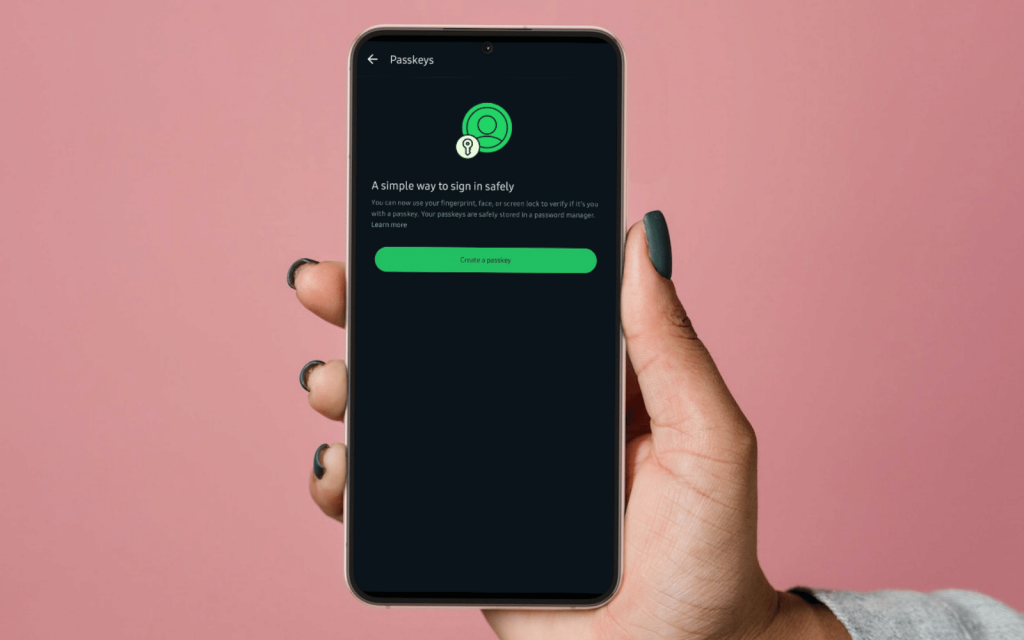Following Google’s recent passkey development, WhatsApp has now announced the rollout of passkey support on Android devices. This is the latest security-focused update to the popular messaging platform and provides yet another way to secure your WhatsApp account – on Android devices, anyway.
After months of testing the feature in the beta channel, the update makes its way to WhatsApp’s stable channel and should be available to most users running the latest version of the app. If you don’t see it yet and you’re itching to try it, check the Play Store for updates daily. It shouldn’t take too long.
Passkeys make account security easy
Android users can easily and securely log back in with passkeys 🔑 only your face, finger print, or pin unlocks your WhatsApp account pic.twitter.com/In3OaWKqhy
— WhatsApp (@WhatsApp) October 16, 2023
If you’re still new to passkeys or just need a refresher, they are a type of digital credential stored locally on each of your devices and aim to replace passwords as a more secure way to sign in to websites and services that support them.
They use public key cryptography to create “a mathematically protected private relationship between users’ devices and the online accounts being accessed,” according to cybersecurity researcher Sayonnha Mandal. And you’ll soon be able to use them to secure your WhatsApp account (if you can’t already).
Among the Android devices in the Stuff offices, those of us who had version 2.23.20.76 from the stable channel didn’t have access to the feature yet, but one of us in the WhatsApp beta program for Android (with version 2.23.21.12) did.
Read More: Here’s how to set up passkeys in Google and rid yourself of passwords forever
Here’s how to check if the feature has reached your device yet: open WhatsApp > tap the kebab menu (top right) > settings > account. You should see ‘Passkeys’ among the options. If you don’t, you’ll need to wait for the official update.
If you do, select it and then tap on the big green ‘Create a passkey’ button to begin the setup process which should take all of 30 seconds. You’ll see a confirmation box with the last four digits of the number registered to your WhatsApp account and a dropdown menu where you can select which Google account you’d like to use to tie the passkey with.
Once you’ve hit ‘continue’, you’ll create the passkey using whatever screen unlock method is currently enabled on your device, like face or fingerprint unlock, a swipe pattern or a PIN code. And you’re done. The next time you need to log in to your WhatsApp profile, it’ll ask you to use your screen unlock method instead of a password and 2FA code.
The feature seems to be confined to Android devices for now, but it shouldn’t be long before it makes its way to iPhones. Apple was the first big company to publicly mention the tech, after all.




